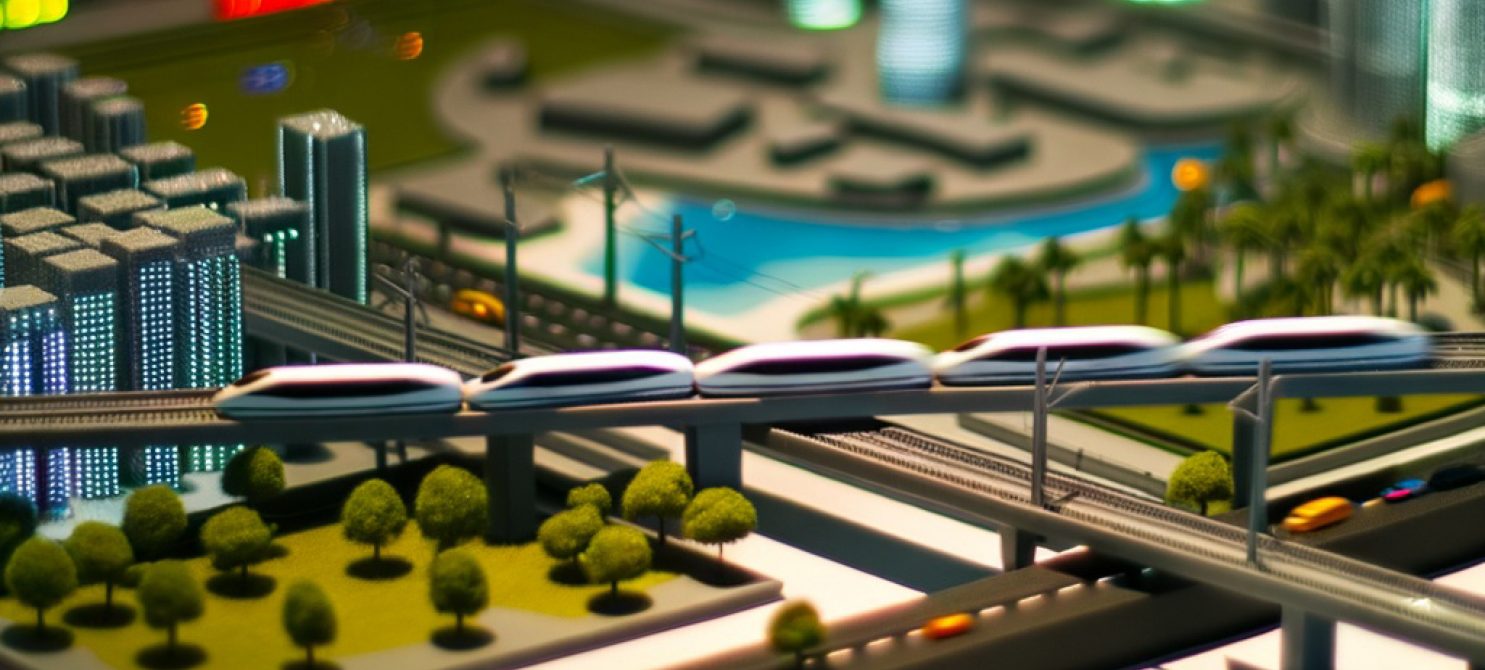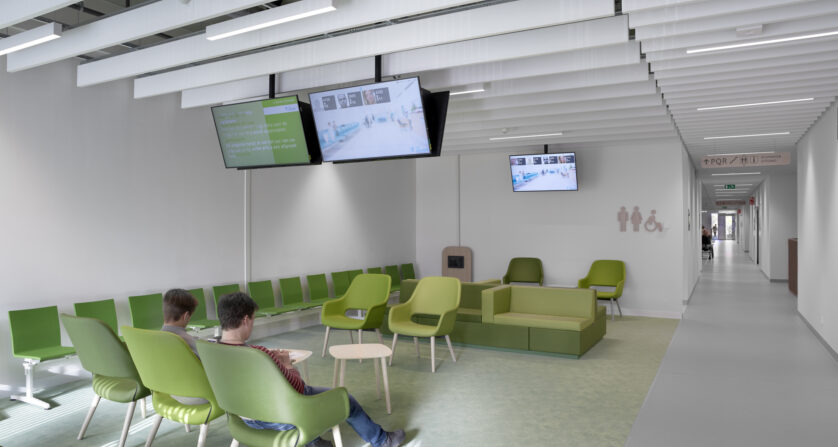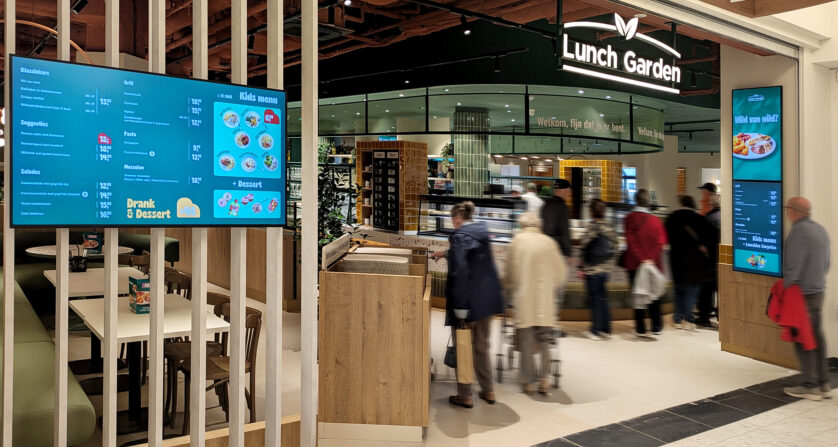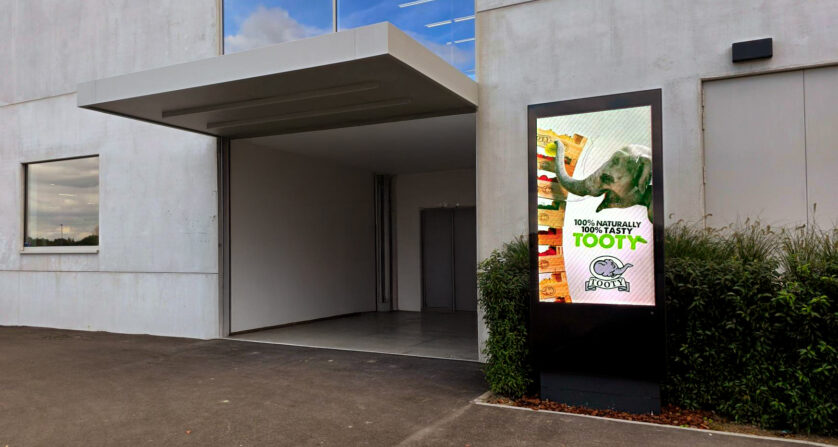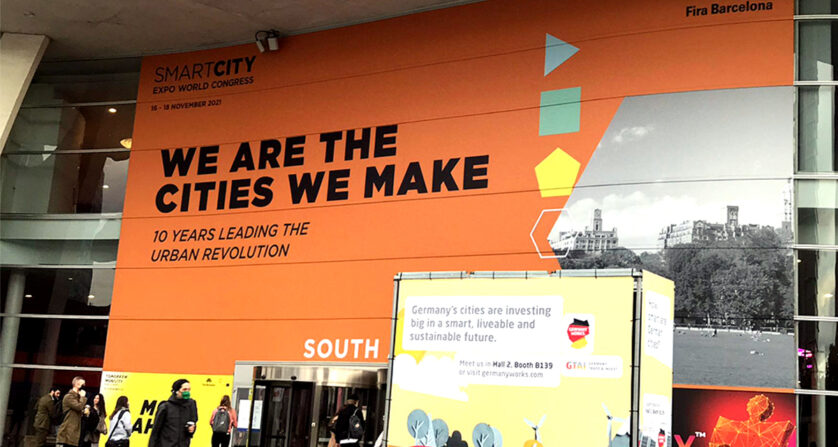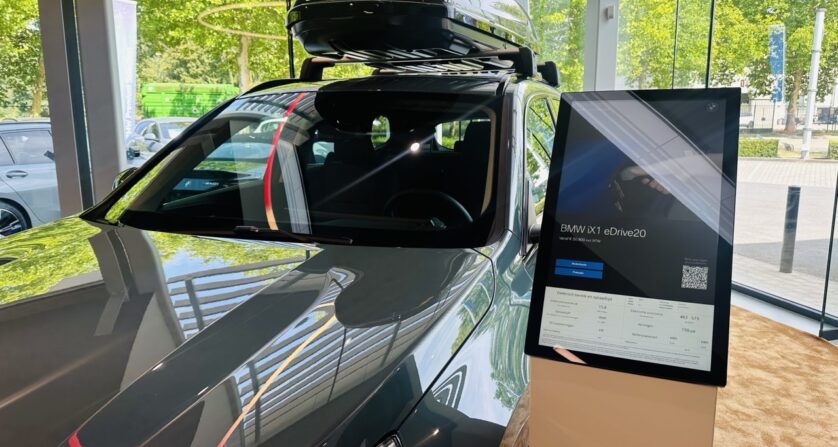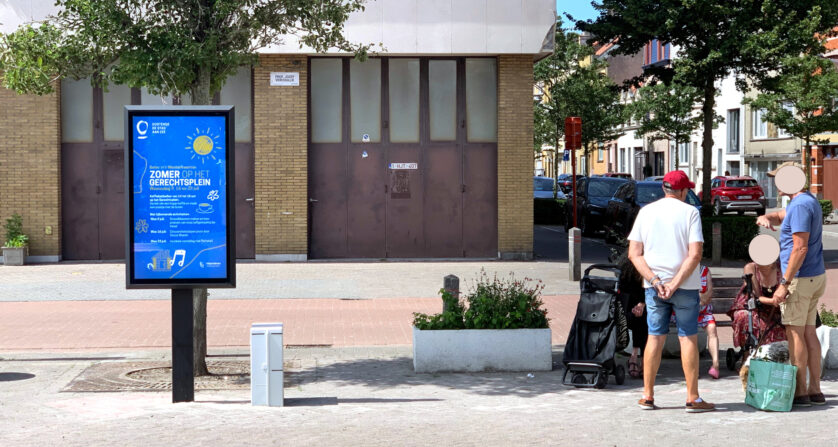What makes a city smart?
A smart city (smart city) is an urban area that uses advanced technologies and digital solutions to improve the quality of life of its inhabitants. The goal of a smart city is to make urban services more efficient, promote sustainability, optimise the use of resources and increase overall liveability. The degree of technological advancement in cities varies around the world, and it is sometimes difficult to determine exactly which city is most advanced. Nevertheless, there are some cities that are often cited for being at the forefront of technological innovation and smart city management. Keep in mind that things are constantly changing and new developments are happening fast. Some cities that stand out for their technological advances are:
Singapore
Seoel
Tokyo
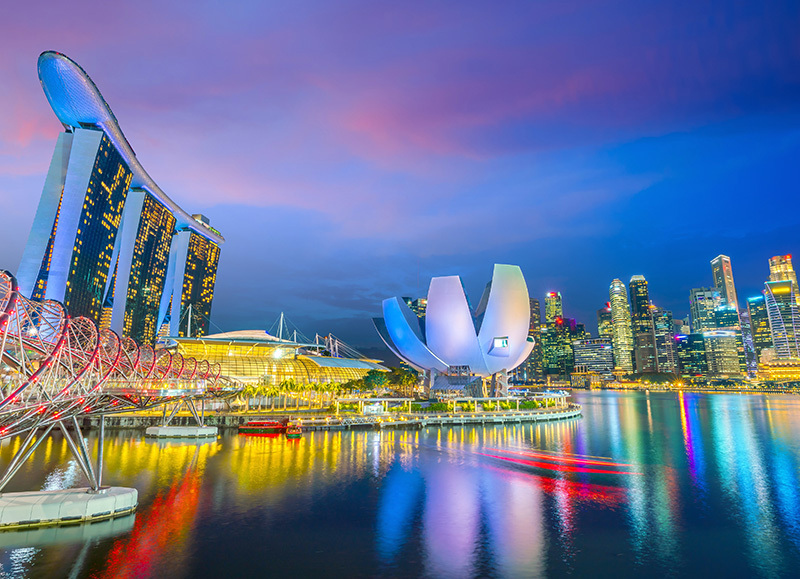
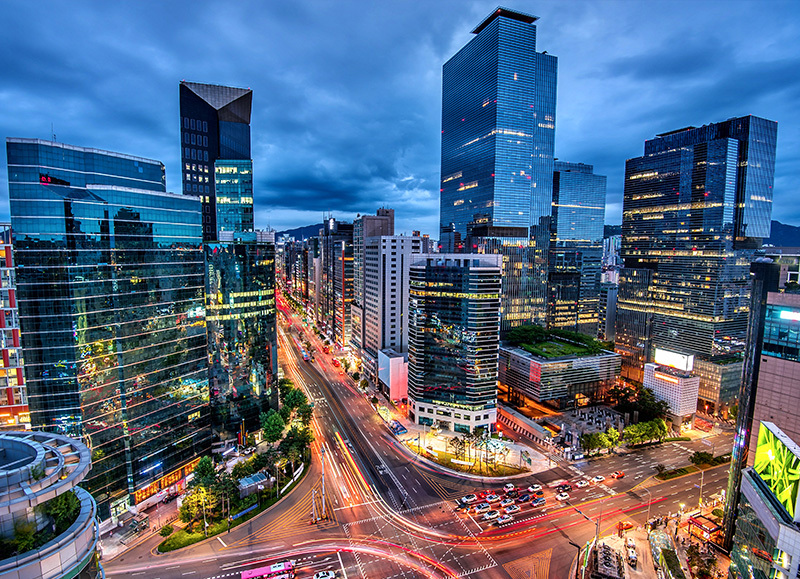
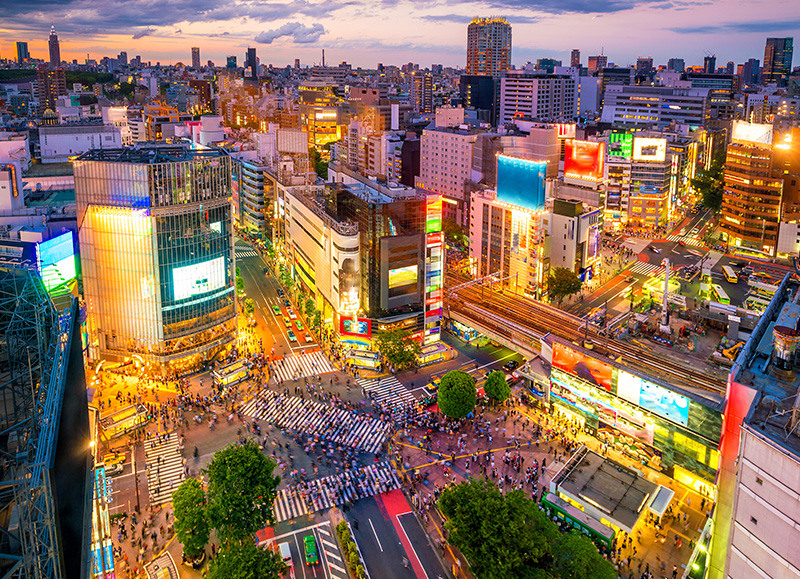
Safety monitoring
Digital signage can be integrated with security cameras and other sensors to improve urban safety. It can serve as a alert system for emergency situations, such as displaying instructions during evacuations or showing important safety information.
Urban advertising and promotions
Screen communication and interactivity provide opportunities for advertisers to display relevant and local ads. This can boost the local economy and promote events, informing citizens about what is happening in the city.
Public information
Narrowcasting can be used to provide real-time information to citizens and visitors to the city. This includes information on public transport, traffic updates, weather forecasts, events, and emergencies such as evacuations or natural disasters.
Wayfinding and navigation
Digital screens also function as interactive wayfinding systems to help people navigate around the city. This can be useful for both pedestrians and drivers, providing real-time route directions based on traffic conditions and events.
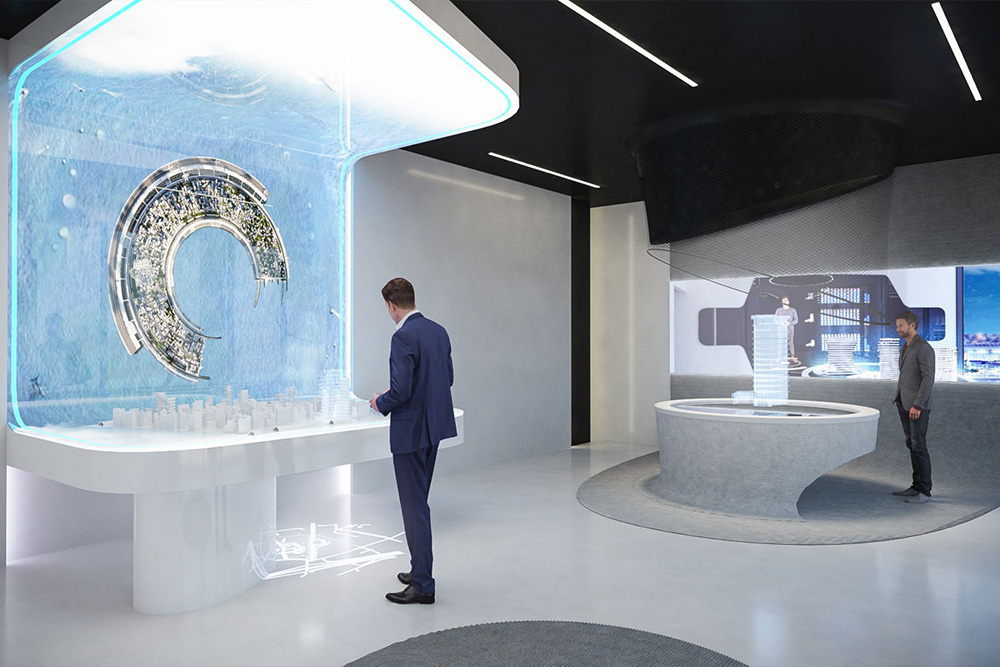
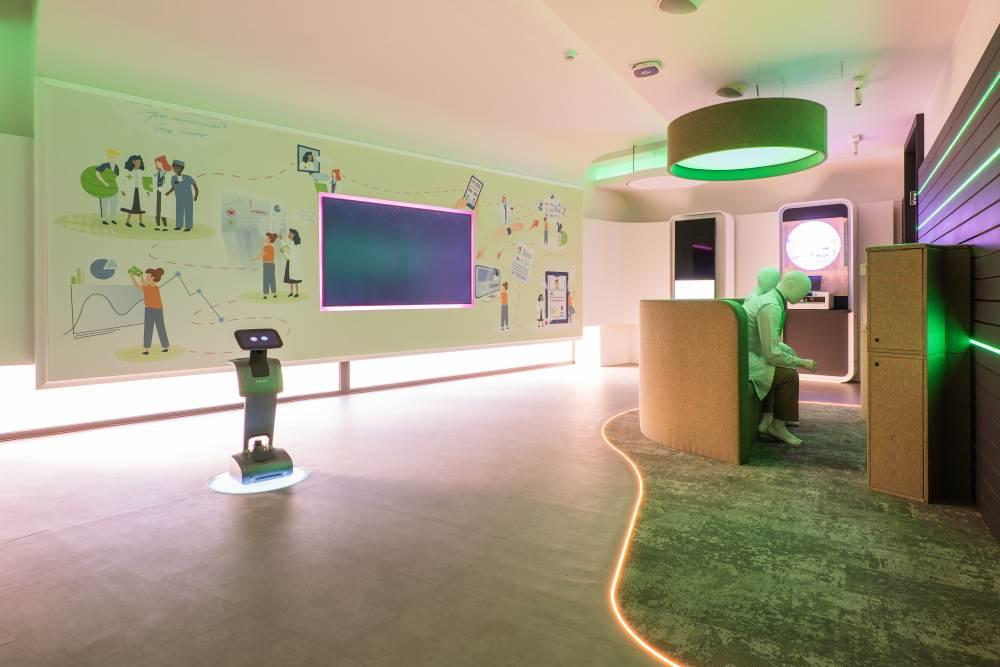
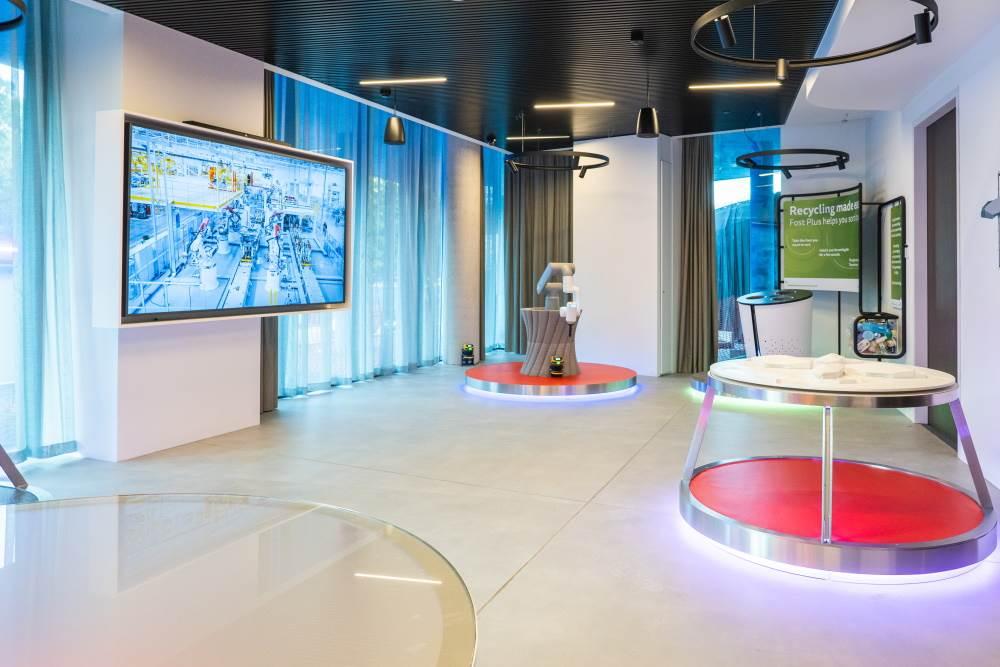
Events and culture promotion
Cities can use digital signage to promote cultural events, exhibitions, and festivals. This helps to stimulate tourism and increase community involvement.
Dynamic traffic management
Screen communications can be integrated with traffic management systems to provide real-time traffic information, announce road closures, and recommend alternative routes to reduce congestion.
Environmental monitoring
Sensors linked to digital signage can collect information on air quality, noise levels and other indicators. This data is used for urban planning and taking measures for the region.
Public services and E-government
Digital screens are also used to simplify interactions with government services. For example, providing information on city services, displaying waiting times at municipal offices, and facilitating e-government transactions.
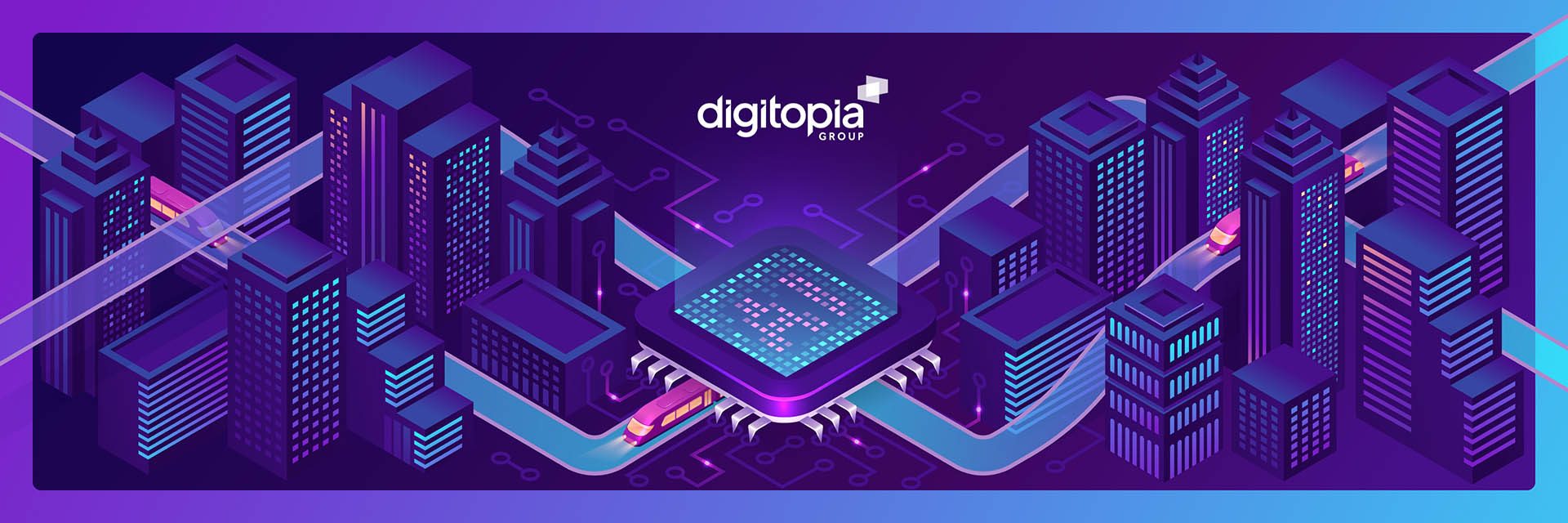
Added value of AI in smart cities
AI has the potential to significantly improve smart cities by contributing to various aspects such as traffic management, energy efficiency, safety, waste management and decision-making. It can make cities smarter, more sustainable and more enjoyable for their residents. Through data-driven insights and automation, AI can contribute to more efficient use of resources, improved services and solving urban challenges. At the same time, it is crucial to integrate ethical and privacy considerations when implementing AI in urban infrastructures.
Who are the stakeholders?
The role of government is crucial in transforming a city into a smart and innovative environment. Achieving this effectively requires very close collaboration between government, business and citizens. A holistic approach, combining technological innovation with effective governance and community engagement, is essential to the success of smart city initiatives. For many years, our partnership with Living Tomorrow has made us collaborate with complementary ecosystems that will add value to the overall city experience and digital development in the future.
